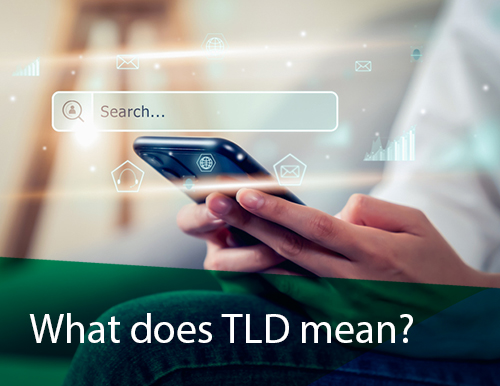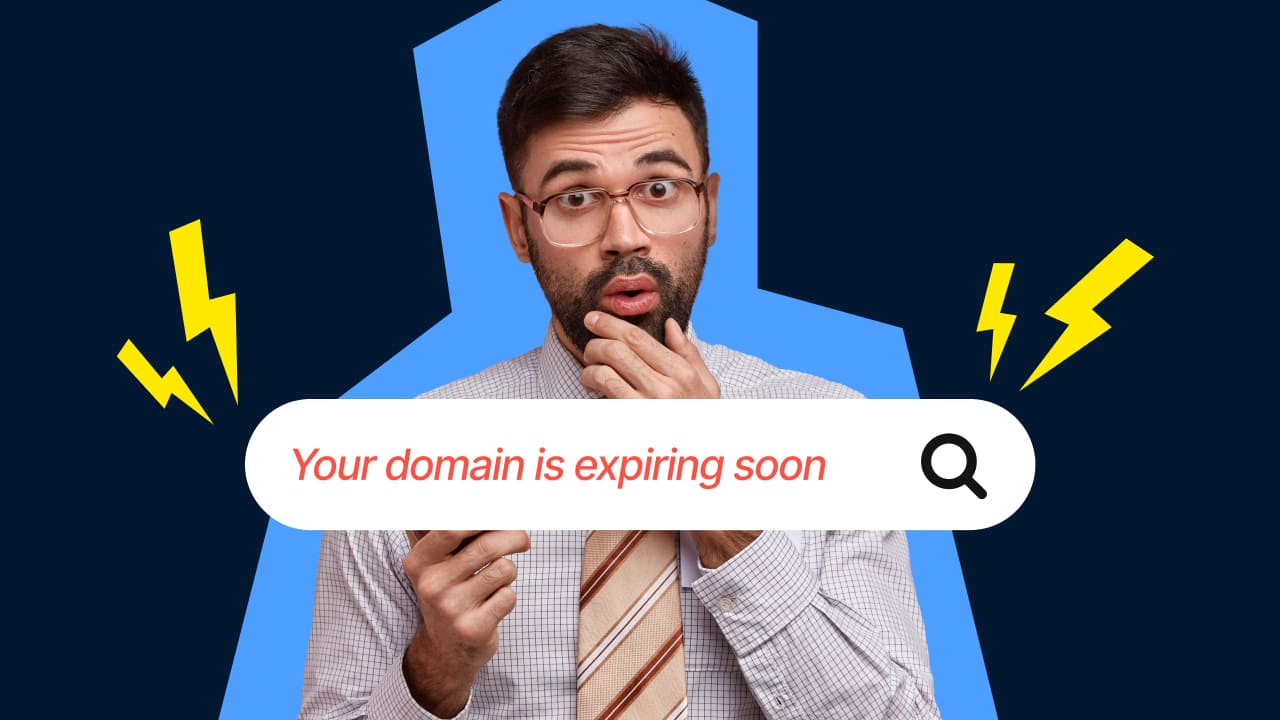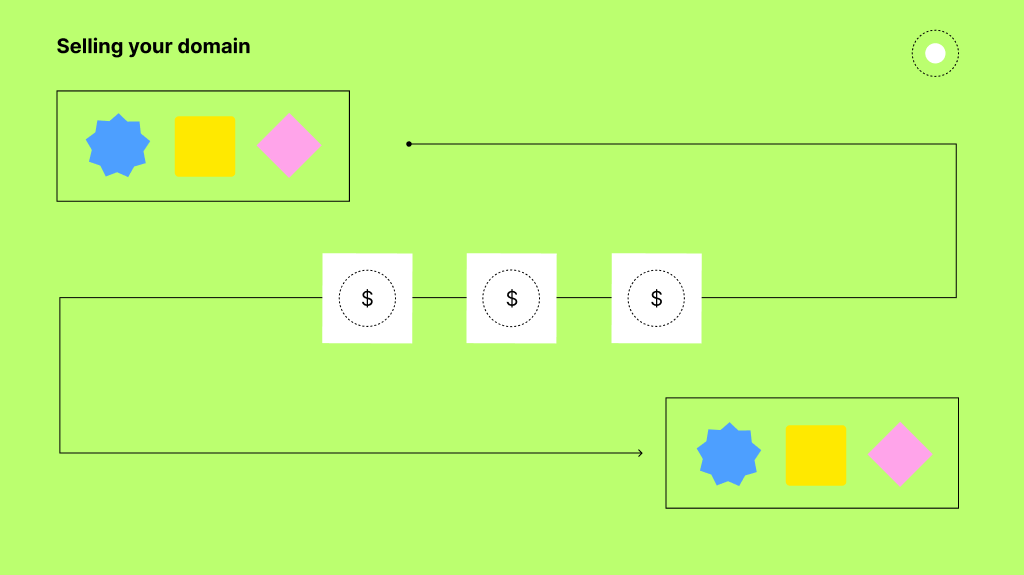While setting up your website or selecting a domain name for your business, you will often hear about a top-level domain (TLD), along with a lot of other technical-sounding jargon. But don’t stress – In this article, we will endeavour to demystify and explain some of the terminologies you might encounter along the way. We’ll explain the TLD meaning and all about TLD extensions.
Top-level-domain (TLD) explained
- What is a top level domain?
- What is the difference between gTLD and ccTLD?
- How to choose the right TLD for your business?
- Does .au domains exist?
What is a top-level domain (TLD)?
A TLD is a top-level domain and is sometimes referred to as a domain extension. A TLD is the last part of a domain name, located after the “dot” symbol. So if you decided to select Sneakersgalore as your domain name, the TLD is the part after sneakersgalore. So if your website address is sneakersgalore.com, .com is a top-level domain example. A TLD determines the purpose and type of your domain. TLDs can also identify something about the website associated with it, such as the organisation that owns it or the geographical area where the website originates. For example, if sneakers.com was sneakers.com.au, we could safely assume it is based in Australia. Similarly, if our domain was sneakers.edu.au, we could take it as an Australian based educational business.
What is the difference between gTLD and ccTLD?
 When creating a domain, a business could select two types of TLD: generic top-level domains (gTLD) or country code top-level domains (ccTLD). So what is a gTLD? gTLDs include the commonly well-known “.com”, “.net”, “.biz”, “.info”, “.org”. Other gTLDs are suitable for different purposes of a website. For instance, “.com” is suitable for any commercial or business entity, “.net” is suitable for network service, “.org” is suitable for an organization while “.edu” is suitable for any educational institution. gTLDs are not targeted or aimed at any country or location. ccTLDs refer to two letter TLDs assigned to countries based on their country codes. For example, “.my” is for Malaysia, “.sg” is for Singapore, “.vn” is for Vietnam and “.in” is for India. Many ccTLDs are closed and restricted, as they are managed exclusively by their respective countries. Registration for these ccTLDs usually involves a standard process required by the country’s organisation in charge. Some require proof of residency in the country. Some countries do not restrict their ccTLDs at all.
When creating a domain, a business could select two types of TLD: generic top-level domains (gTLD) or country code top-level domains (ccTLD). So what is a gTLD? gTLDs include the commonly well-known “.com”, “.net”, “.biz”, “.info”, “.org”. Other gTLDs are suitable for different purposes of a website. For instance, “.com” is suitable for any commercial or business entity, “.net” is suitable for network service, “.org” is suitable for an organization while “.edu” is suitable for any educational institution. gTLDs are not targeted or aimed at any country or location. ccTLDs refer to two letter TLDs assigned to countries based on their country codes. For example, “.my” is for Malaysia, “.sg” is for Singapore, “.vn” is for Vietnam and “.in” is for India. Many ccTLDs are closed and restricted, as they are managed exclusively by their respective countries. Registration for these ccTLDs usually involves a standard process required by the country’s organisation in charge. Some require proof of residency in the country. Some countries do not restrict their ccTLDs at all.
How to choose the right TLD for your business?
When determining the correct TLD for your business, the main thing you should be concerned about is search engine optimisation (SEO). Generic TLDs and country-code TLDs will perform differently in terms of SEO. Generic TLDs tell search engines that your website is neutral, whereas ccTLDs tell search engines that your website caters to a specific location. This will naturally affect the results shown to a user whenever he uses a search engine. Google always tries to provide the most relevant results and websites near the user, and ccTLDs give the necessary information to inform that search. Country code TLDs are suitable for a company establishing a website with a single geographic location. In addition to improved SEO performance, residents are more likely to trust a domain that features their own country’s ccTLD. If you plan to target only one particular country or location, register for a country-code Top-Level Domain (ccTLD), as it will be more suitable for your business. However, if you plan to expand your business internationally without a country-specific focus, it may be better to register a generic Top-Level Domain (gTLD). Many businesses will register a gTLD and secure additional ccTLDs to provide cover for those countries in which they plan to operate. For information on the value of purchasing multiple domains, please click here. (link to Feb 4 2022 blog)
The gTLD domains portfolio is growing
 In recent years the internet’s domain-name portfolio has been exponentially boosted by the introduction of some new gTLD extensions. These gTLDs are providing businesses with a more unique and personalised presence online. Examples of these include:
In recent years the internet’s domain-name portfolio has been exponentially boosted by the introduction of some new gTLD extensions. These gTLDs are providing businesses with a more unique and personalised presence online. Examples of these include:
- .club
- .rentals
- .guru
- .melbourne
- .sydney
These new gTLDs provide businesses with more targeted advertising opportunities and better connect with cultures and communities. Having highly targeted URLs may result in better SEO performance. However, they may not evoke the same sense of trust that traditional TLDs have and may add to the total cost of domain purchase and renewal if used in tandem with an existing TLD.
Does .au domains exist?
At the moment, the most commonly used Australian domain extensions are:
.com.au
.net.au
However, the Australian domain governing body, auDA, has announced a new domain name in 2022. From March 24, 2022, a new domain name will be added to the list of available domain names:
In effect, it will mean that sneakersgalore.com.au could become sneakersgalore.au. The .com is no longer necessary. There are many reasons why a business might secure a .au domain. Chief among them are:
- Shorter and easier to remember the URL for your business
- Emphasise your Australian presence
- Protect your brand and your business by ensuring others do not purchase a version of your brand’s domain name
Find out more about .au domain names, click here.
Secure your domain
It’s time to secure your domain name registration Australia! You now know what you want to register, so get your business online and give it the showcase it deserves. We’re Australia’s leading online service provider and we are domain experts. If you are still unsure about your domain or ready to go, give us a call on 1300 638 734. If you require further information on what TLD makes sense for your business, this article may help.

.webp)


